Diabetes is a chronic condition affecting millions worldwide, characterized by the body’s inability to regulate blood sugar levels. Effective management of diabetes requires continuous monitoring, which is made possible by blood glucose monitoring systems. These devices allow users to track their blood sugar levels conveniently and make timely adjustments to their diet, exercise, or medication.
A blood glucose monitoring system typically consists of:
- Glucose Meter: The main device that displays blood sugar readings.
- Test Strips: Small strips where a drop of blood is applied for testing.
- Lancing Device: A tool with a tiny needle (lancet) to prick the skin and obtain a blood sample.
Some advanced models include connectivity features like Bluetooth or Wi-Fi for data sharing with smartphones or healthcare providers, while others offer continuous glucose monitoring (CGM) for real-time tracking.
Features
- Accuracy: Provides precise blood sugar readings.
- Portability: Compact and lightweight, easy to carry anywhere.
- User-Friendly Interface: Simple operation and clear display.
- Memory Storage: Saves past readings for trend analysis.
- Data Connectivity: Syncs with apps for better monitoring and management.
- Rapid Results: Delivers readings within seconds.
Advantages
- Empowers Users: Allows individuals to take control of their health.
- Improved Diabetes Management: Facilitates timely interventions to prevent complications.
- Convenience: Enables monitoring from the comfort of home.
- Personalization: Helps users identify patterns and tailor their lifestyle accordingly.
- Doctor Collaboration: Shared data improves communication with healthcare providers.
Applications
- Daily Monitoring: Tracks blood sugar levels multiple times a day.
- Exercise Management: Helps users understand how physical activity impacts their glucose levels.
- Diet Adjustment: Identifies the effects of different foods on blood sugar.
- Medication Effectiveness: Evaluates how well insulin or other medications are working.
Care Instructions
- Regular Cleaning: Wipe the glucose meter with a soft, damp cloth.
- Store Properly: Keep the system in a cool, dry place to avoid damage.
- Check Expiry Dates: Ensure test strips and lancets are within their validity period.
- Replace Lancets Frequently: Use a new lancet for each test to maintain hygiene.
Precautions
- Follow Instructions: Adhere to the manufacturer’s guidelines for accurate results.
- Calibrate Regularly: Ensure the device is calibrated according to the test strips used.
- Proper Blood Sample: Use the recommended amount of blood for accurate readings.
- Consult Healthcare Providers: Seek medical advice for interpreting unusual readings.
A blood glucose monitoring system is an indispensable tool for individuals living with diabetes. Its ability to provide quick, accurate readings and detailed insights into blood sugar trends supports better health management and prevents complications. By incorporating this system into daily routines, users can achieve greater control over their condition and lead healthier lives.


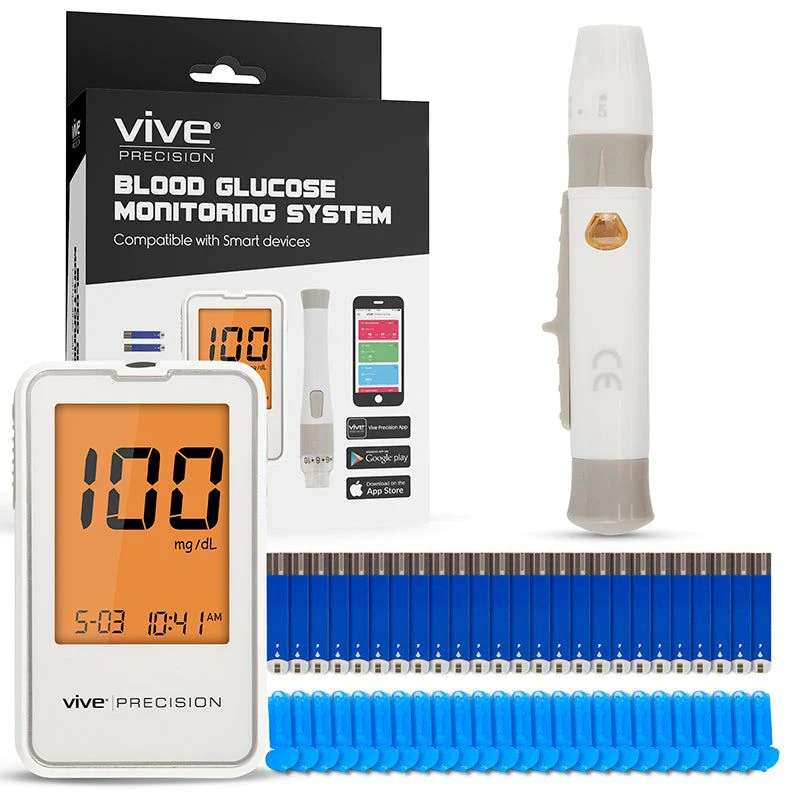
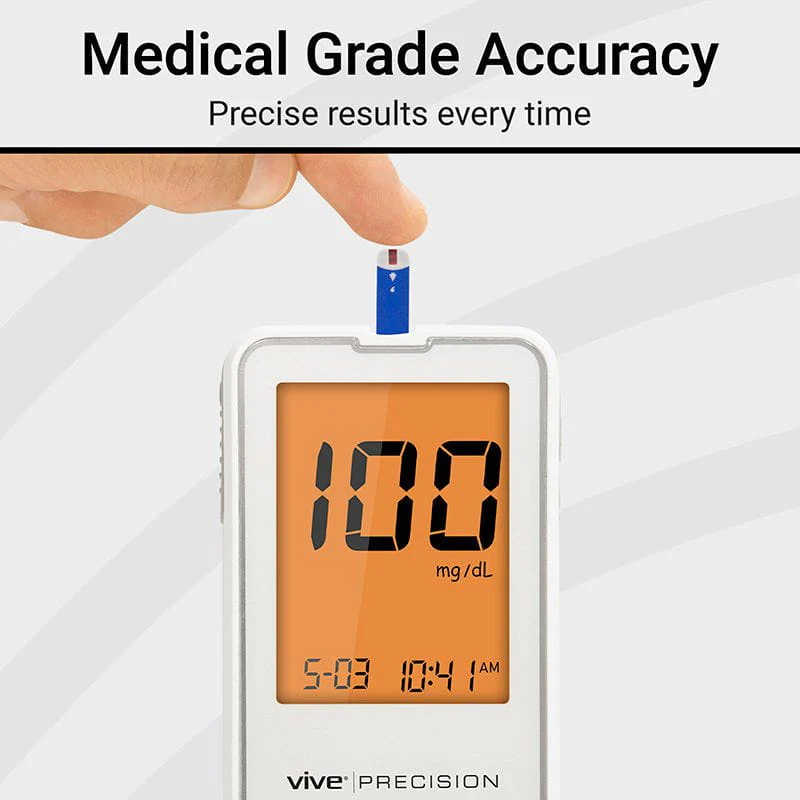

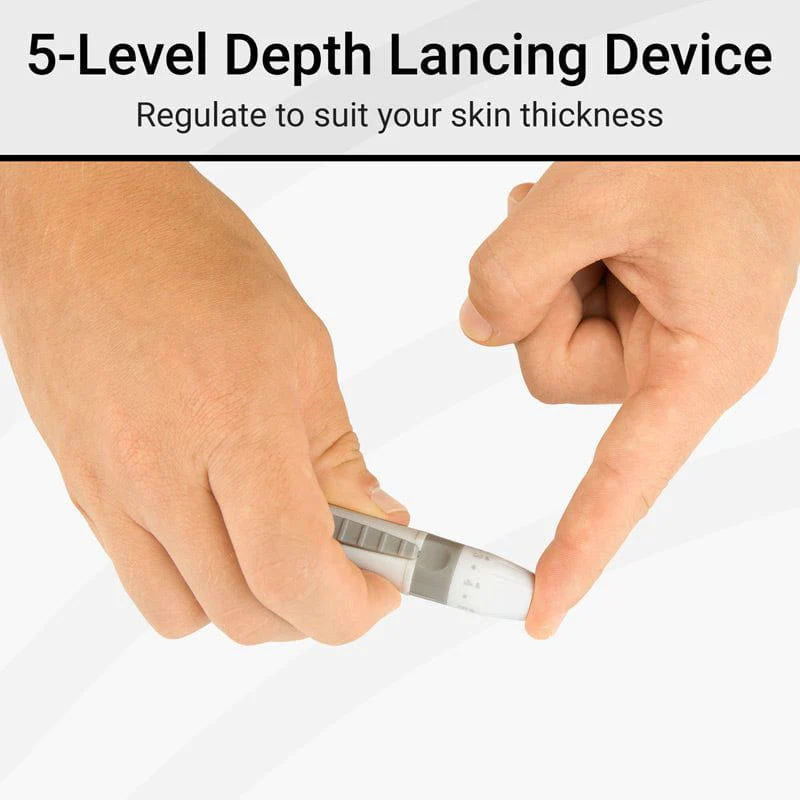
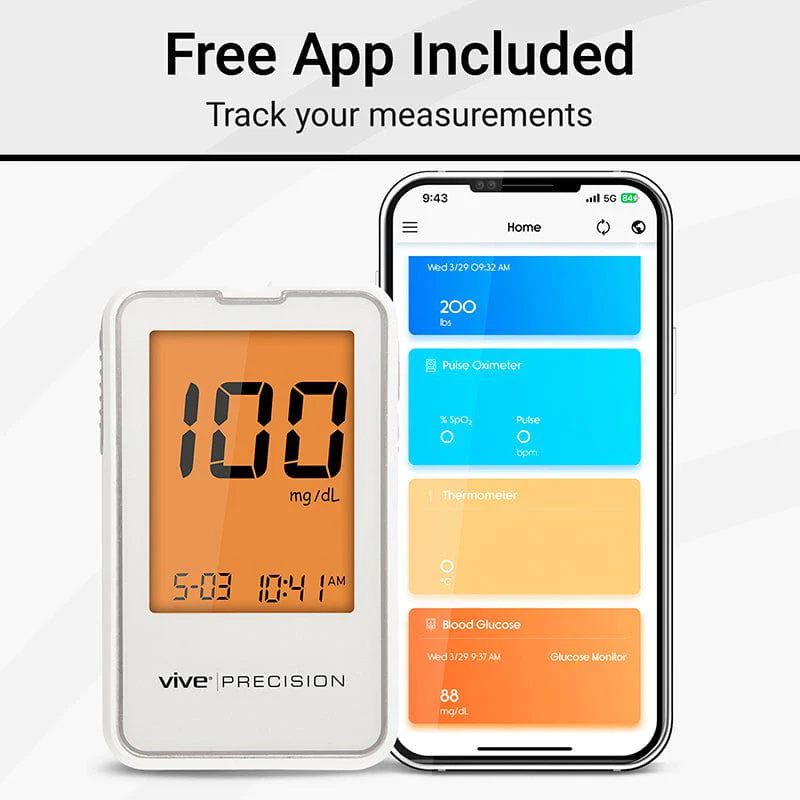
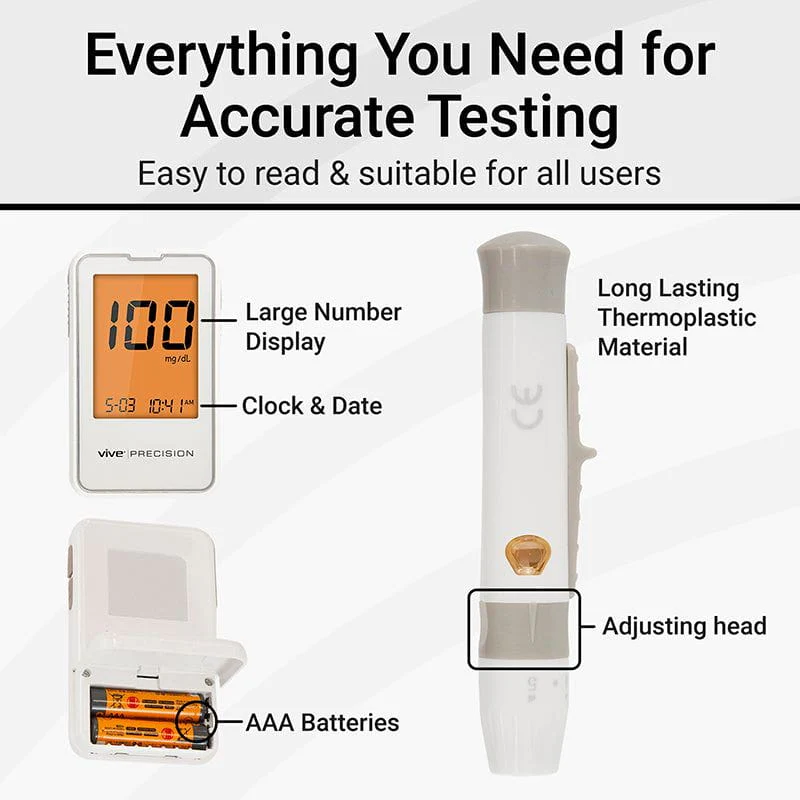
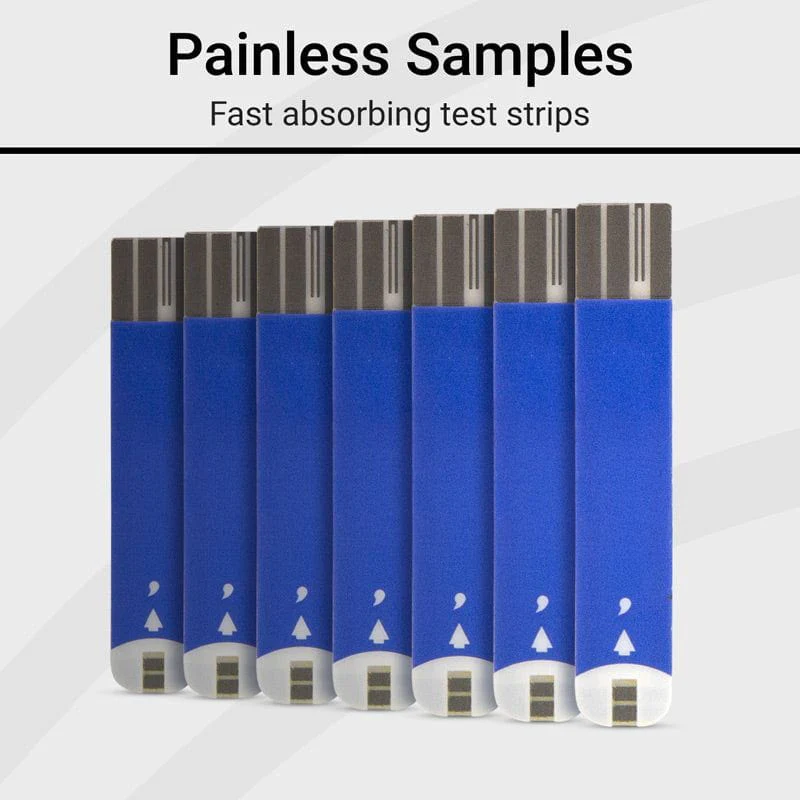
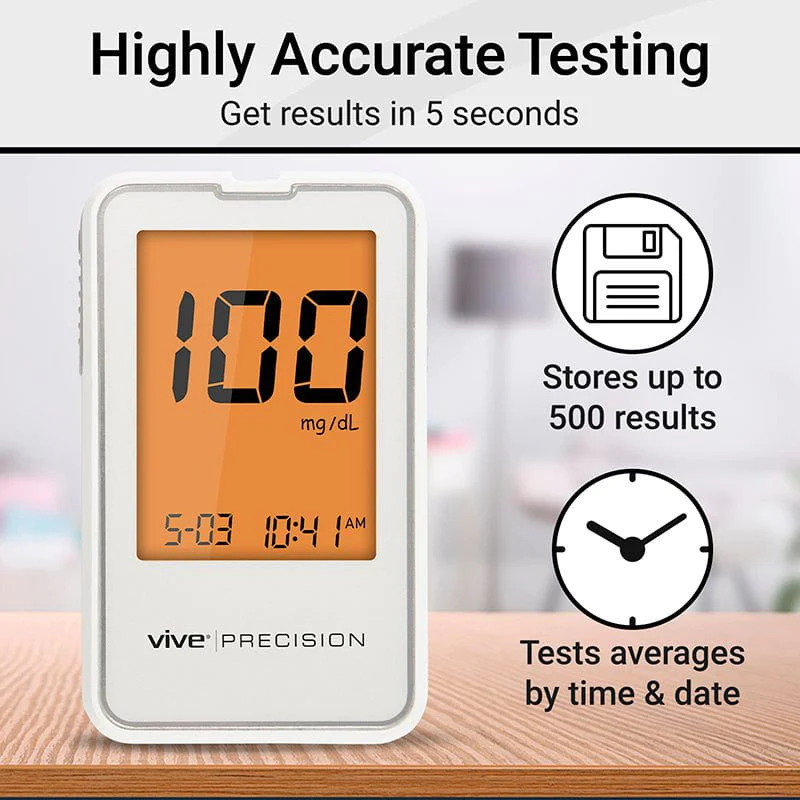

Reviews
There are no reviews yet.